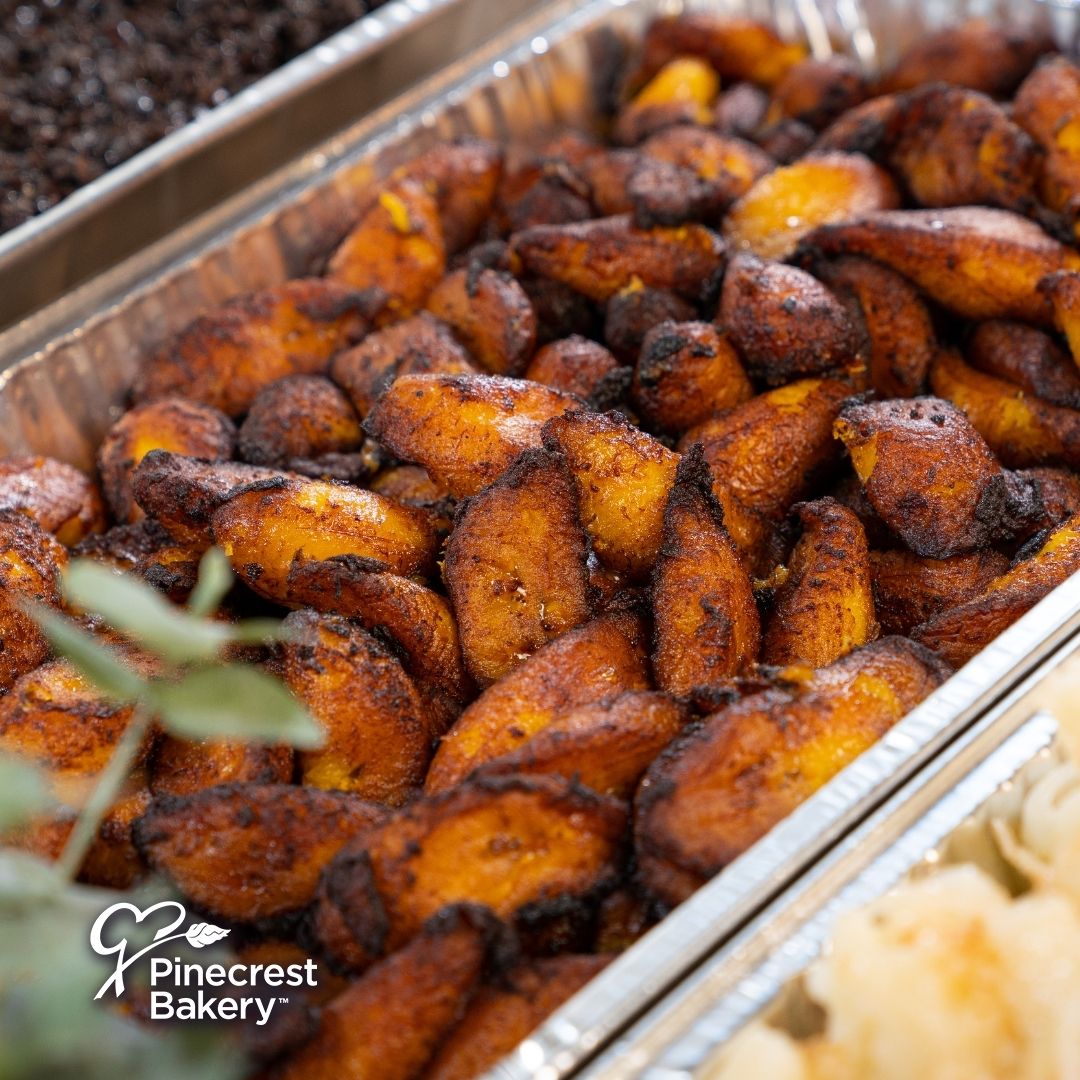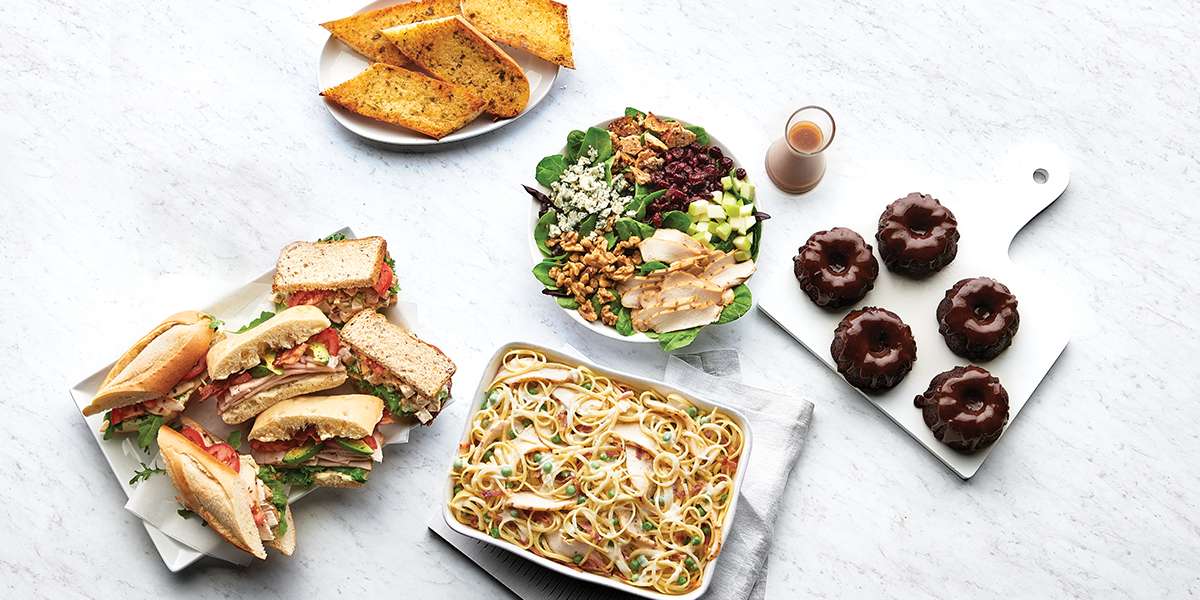Extraordinary Catering Maddington Provider for Your Next Occasion
Extraordinary Catering Maddington Provider for Your Next Occasion
Blog Article
Comprehending the Art of Pastry Shop Products: From Newly Baked Breads to Irresistible Pastries and Finger Foods
From the scientific research behind the ideal loaf of bread, where fermentation and gluten development play essential roles, to the finesse needed for developing split breads, each facet exposes a compelling story of craftsmanship. The versatility of finger foods highlights how taste and appearance can be artfully incorporated to engage diverse taste preferences.
The Science of Bread Making
At the heart of every loaf of bread exists an interesting interplay of chemistry and biology. The process of bread making begins with the mix of flour, water, salt, and yeast-- each ingredient playing a vital function in the end product. Flour includes healthy proteins, largely glutenin and gliadin, which, when combined with water, type gluten (Finger Food Catering Maddington). This flexible network is vital for trapping gases produced throughout fermentation.
Yeast, a living microorganism, ferments the sugars present in the flour, producing co2 and alcohol at the same time. The co2 gas creates bubbles in the dough, creating it to rise and develop a light structure. The temperature level and moisture during fermentation substantially influence yeast activity and, consequently, the bread's taste and structure.

Mastering Bread Strategies
Just how can one achieve the delicate balance of structure and taste that specifies phenomenal pastry? Understanding pastry techniques needs a deep understanding of active ingredients, approaches, and the science behind them. Fundamental to this craft is the choice of top quality components-- flour, butter, sugar, and eggs-- each playing a crucial function in the final item's flavor and structure.
The method of lamination, which entails folding layers of dough and butter, produces the wanted flakiness in breads like croissants and smoke bread. Accuracy in temperature is crucial, as butter ought to continue to be cool to make sure optimum layers. In a similar way, correct mixing methods, such as the creaming strategy for cakes, make sure even unification of air and fat, leading to a light and airy crumb.
Additionally, preserving the appropriate moisture levels throughout baking can considerably influence the outcome, making certain that pastries rise correctly and achieve that golden-brown finish. Lastly, the art of bread also demands persistence and technique; each attempt improves one's skill and understanding of the complex equilibrium needed to create alluring pastries that delight the detects. Mastery in these strategies eventually distinguishes a competent bread cook from an amateur.
Sorts Of Finger Foods
The world of culinary delights extends past breads to incorporate a large range of finger foods, which are commemorated for their convenience and adaptability. These bite-sized deals with are best for social celebrations, offering a selection of tastes and appearances that accommodate diverse tastes.

On the sweeter side, bite-sized cupcakes and mini tarts supply a delightful surface to any kind of dish, attracting those with a craving for sweets. Additionally, cheese and charcuterie boards function as an advanced selection, allowing guests to personalize their attacks with an assortment of meats, nuts, fruits, and cheeses.
Flavor Profiles in Baking
Baking is a detailed dance of flavor accounts that combines sweet, full-flavored, and umami notes to produce an unified experience for the taste buds. Understanding these accounts is crucial for bakers seeking to elevate their developments.
Sweetness often functions as the structure in baked goods, with sugars, fruits, and natural sugar boosting flavor deepness. Active ingredients such as delicious chocolate and sugar present complicated sweet notes that can check my site either dominate or enhance various other tastes. Conversely, full-flavored elements, typically found in breads and article source pastries, offer balance and comparison. Components like seasonings, herbs, and cheeses can transform a straightforward dough into a complex taste experience.
Umami, often overlooked in baking, plays a substantial role in enriching tastes. Components such as aged cheeses, fermented products, and even certain nuts contribute to a full-flavored deepness that enhances general taste.
In addition, the interplay of acidity from ingredients like buttermilk or citrus zest can lighten up flavors, using a refreshing counterpoint to sweetness. By thoughtfully combining these flavor accounts, bakers can craft items that resonate with varied tastes, creating an extraordinary cooking experience. Inevitably, mastering flavor accounts is key to advancement in the globe of baking.
Necessary Baking Equipments and Components
Comprehending flavor accounts in baking sets the stage for picking the right tools and components that facilitate the development of extraordinary baked goods. A trustworthy collection of cooking pans-- such as sheet frying pans, loaf pans, and cake frying pans-- is essential for attaining wanted shapes and structures.
Flour offers as the backbone of most dishes; selecting the right type-- be it bread, bread, or all-purpose flour-- can considerably impact the outcome. Baking powder and baking soft drink are important for developing lift in pastries and cakes.
Furthermore, incorporating taste enhancers like vanilla essence, flavors, and citrus enthusiasm can elevate your productions. By guaranteeing access to these basic devices and components, bakers can with confidence start their culinary journey, crafting a varied selection of wonderful baked goods.
Conclusion
To conclude, the art of bakery products includes an extensive understanding of both imaginative techniques and scientific concepts. Proficiency in bread production, bread preparation, and finger food discussion discloses the intricate relationships between procedures and ingredients. Furthermore, checking out varied flavor accounts enriches the baking experience, while necessary tools and components provide the structure for success. Inevitably, the captivating globe of baking flourishes on the harmonious interplay of science and creative thinking, causing a myriad of delightful cooking his comment is here productions.
Just how can one attain the delicate equilibrium of texture and flavor that specifies extraordinary bread? Essential to this craft is the choice of top quality ingredients-- flour, butter, sugar, and eggs-- each playing an essential role in the last product's taste and appearance.

Recognizing flavor accounts in cooking collections the stage for choosing the right tools and active ingredients that facilitate the development of phenomenal baked products. Discovering diverse taste profiles enhances the baking experience, while crucial tools and ingredients supply the foundation for success.
Report this page